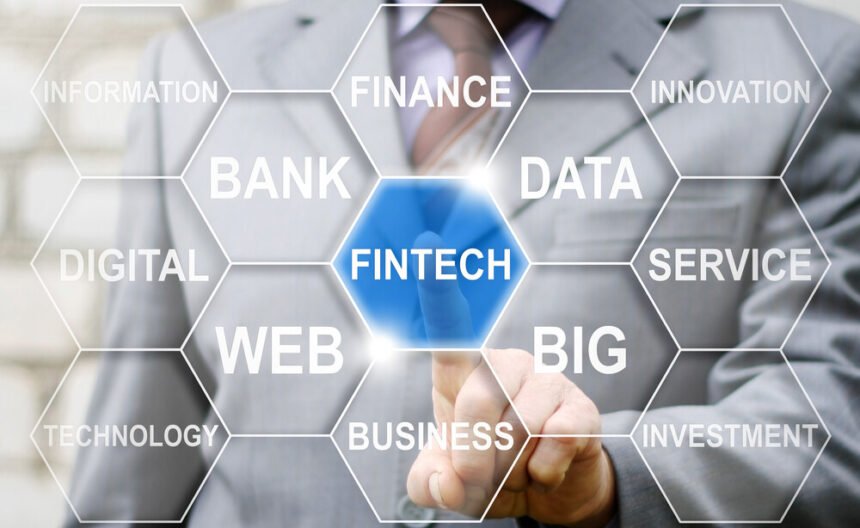Businesses seeking new capital are facing a couple new changes that they need to be prepared for. Lenders are tightening their actuarial criteria and employing data driven decision making capabilities.
If a company is looking to borrow money, they need to understand how big data has changed the process. They need to adapt their borrowing strategy to the new big data algorithms to improve their changes of securing a loan.
Big Data Rewrites the Rules of Borrowing for Small Businesses
If the financial crash of 2008 achieved one thing, it helped to open up a wider and more diverse range of borrowing options to small businesses in the UK. This has proven important too, with the value of loans provided by big banks having declined by 3% overall between 2014 and 2019.
However, the sheer range of lending options now available (including non-traditional loans) can provide a challenge to SMEs, who can struggle to select the borrowing method that best suits them. They also need to understand that big data has both created new opportunities and challenges.
While big data has made P2P lending possible, it has also made loans more competitive. Banks use data mining to learn everything possible about their customers, so they can deny loans more easily.
Forbes Financial Council provided an insightful analysis of the role of big data in small business lending. However, their perception was written through rose-tinted glasses. They didn’t discuss the risks of big data in small business lending in enough detail.
We’ll appraise some different types of loan in the big data field, while asking which one is likely to offer the best possible value for your venture.
1. A Personal Loan
This is often one of the first ports of call for small business owners and entrepreneurs, as personal loans are guaranteed using their own unique credit history and don’t require a longstanding history of owning and managing ventures. Big data has changed the actuarial process for borrowers.
At the same time, personal loans aren’t secured against the business, which means that while you’ll be liable for repaying the total amount borrowed (including interest), the venture in question won’t suffer adversely in the event of defaulting on repayments.
The personal lending industry has been more affected by big data than most other types of loans. You can learn more from this article on Financial Times about the role of big data in the lending industry.
With these things in mind, personal loans are both easier to apply for and capable of helping you to safeguard your new venture, while they also provide far greater flexibility in terms of how you utilize the funds.
2. Small Business Loans
As you can probably tell, small business loans work in a very similar way to personal alternatives, as they can be taken out at fixed interest rates and repaid over the course of an agreed timeframe.
As we’ve already said, however, small business loans can be a little harder to secure, not least because a decision will be made based on both your own personal and commercial credit score (where applicable).
Big data has made these types of loans more complicated. They require lenders to use a number of different types of actuarial factors to make their decisions.
At the same time, you’ll often be restricted in terms of how the money is deployed, as the loan will be tailored to cover key business expenses including rent, stock management and wages.
Another advantage of small business loans is that they can occasionally be secured by individuals with a poor or chequered credit history, with service providers such as Liberis offering an opportunity for entrepreneurs to thrive regardless of their past experiences.
3. Borrowing From Family Friends
Before the day of tailored business loans and peer-to-peer lending, entrepreneurs who couldn’t source bank funding would often borrow cash from their friends and family.
This often offers a low-cost borrowing options that brings more flexible terms, of course, while it may enable you to minimize interest repayments and also create a helpful support network going forward.
However, this option is fraught with risk and danger, primarily because mixing business with friends and family can place a huge strain on relationships in the worst-case scenario.
This can also put your loved ones capital at risk, which may prove particularly impactful if you don’t have much of your own money tied up in the venture.
Big Data is Changing the Process of Business Lending
Small business owners need to appreciate the changes big data has brought. They need to recognize that big data is making the lending process different and more competitive. They need to assess their options to choose the one that is most likely to get approved in an age when lenders review countless data points before making lending decisions.

